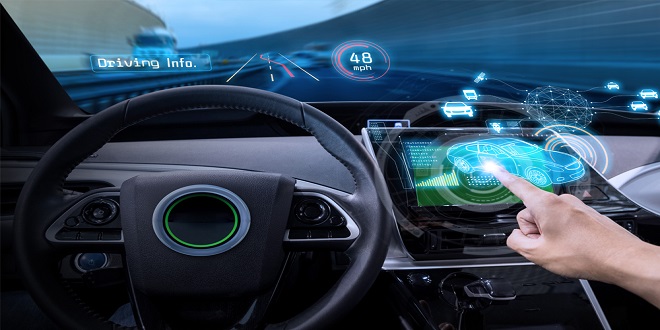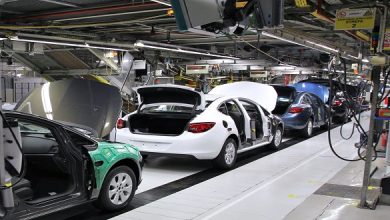Automotive Systems That You Must Know

It is crucial to keep an eye on the systems of your vehicle in order for it to be safe and efficient. The engine, Emission control and cooling systems, as well as the driver assistance and exhaust system are all important to monitor. These systems are vital and will ensure your vehicle runs smoothly and safely.
Emission control system
An emission control system in your car will reduce the pollutants released by your vehicle. It cleans and catches harmful gases from your engine, which protects the environment as well as public health.
An interconnected set of components is called the emission control system. It works to reduce gas vapors. It includes a vapor circulation tube, an electronic emission canister, a purge valve and a fuel tank pressure sensor. It can also be connected to the entire fuel and exhaust system.
An emission control system malfunction can cause a loss of power, poor shifting and hesitation when you accelerate. You may also experience difficulty shifting between gears or shifting in a higher position.
Exhaust system
The exhaust system is designed to carry the engine’s burnt gases. It helps reduce noise and improve fuel economy. The system consists of several parts, including an exhaust manifold and oxygen sensor, catalytic convert, tailpipe, and one to three exhaust pipes.
An exhaust manifold, a type that collects and diverts exhaust gases from multiple cylinders into one pipe, is a type. It helps keep dirt out of the engine.
Catalytic converters are a type catalytic device that converts hazardous gases into less dangerous gasses. It is an essential component of modern combustion engines.
Assist with lane-keeping
Lane-keep assistance is something that you may have heard of, regardless if you are new to driving or an old veteran. This system monitors the position of your vehicle within the lane and warns you if it is about to drift.
With a little assistance from the electronic stability program and electric power steering, lane-keeping aid systems can help keep your car in the correct lane. The system uses cameras to scan road markings and determine your lane. To keep your vehicle in the correct lane, the system uses an electronic stability program that brakes each wheel.
Engine
The engine is basically the heart of your vehicle. It is complex and consists of many components. The semi-independent arrangement of its cylinders, pistons, and ancillary parts makes it a complex machine. Although it has a high rotational speed this does not affect its overall performance. Modern automotive engines are suitable for marine and land applications.
The engine’s primary function is to ignite hydrocarbon in the cylinder head. To ignite the gas, a spark plug is attached to the cylinder. To make hazardous gases, the combustion process releases harmful substances that can be harmful to the environment. Modern engines are equipped with emission control systems to reduce these harmful emissions.
Cooling system liquid-cooled
Nearly all modern automobiles use liquid cooling systems. Liquid cooling systems take heat from the engine, and transfer it outside to the atmosphere. This ensures that the engine remains at an efficient and stable temperature.
Although liquid-cooled engines provide consistent engine performance, they are more challenging to maintain than air-cooled ones. Liquid-cooled engines do not use regular water but a special coolant that contains alcohol. Because the liquid is more boiling than air, it does not get as cold.
A water-cooling system is also used in liquid-cooled systems. This includes a radiator and a pump. Water jackets are also included. The radiator is composed of small tubes with thin metal fins that conduct heat. A belt drives the water pump from the crankshaft. Water jackets are placed around the cylinders.
Driver assistance system
Driver assist systems are the most popular of all automotive systems. Driver assist systems provide input for steering and other functions to make driving more enjoyable and safer. It can be confusing to understand the purpose of these systems. Some systems can even perform emergency braking when necessary. While some systems can be fully automated, others require that the driver take full control.
The Mercedes-Benz Blind Spot Assist uses radar technology to detect the area 3 m from the rear. The driver is alerted by vibrations and visual signals.
Driver monitoring systems use infrared sensors and performance measures as well as biological measures to determine driver alertness. The system determines if the driver is tired and sends out a warning message via visual and acoustic.





